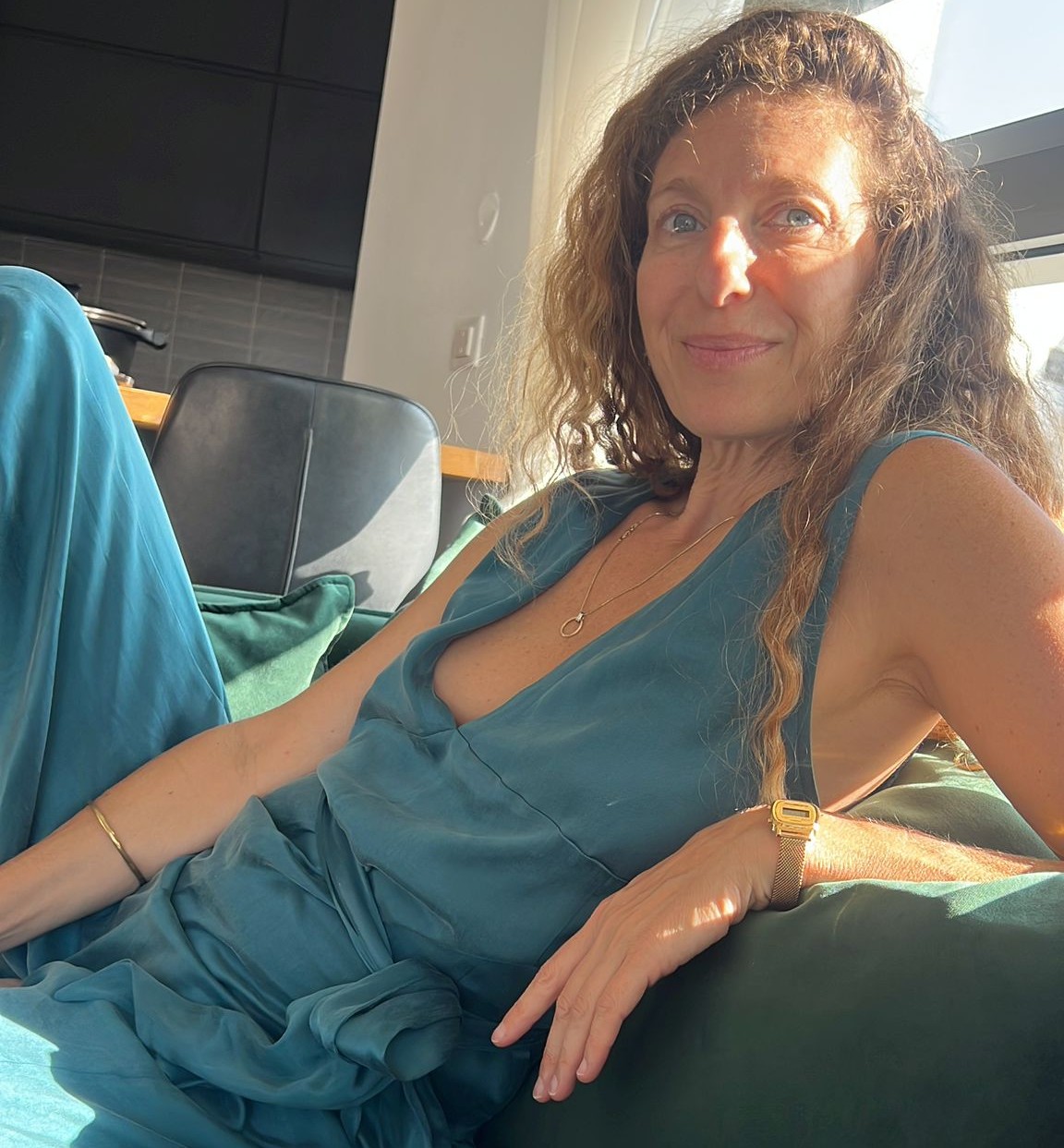On Quietness, Empathy, and the Ongoing Work of Seeing
I’ve been quiet the past two years.
Well, if you know me, you might laugh reading that. I’m a talker; I know. So maybe a better way to say it is: I haven’t fully expressed myself publicly in the past two years.
I’ve spoken here and there–during classes, in retreats, in close circles with people I trust. But a lot stayed inside. I was so deep in the mess of processing, my fears, my feelings, the chaos in my body, that clarity became rare. Fleeting, even.
And truthfully, I’m still processing. I imagine I will be for years. Maybe we all will.
But there’s one thing that’s become very clear to me recently. No matter where you’re from, what tribe you belong to, or what political side you identify with, we are all interdependent. What happens in one part of the world touches all of us. And the more active we are (politically, emotionally, socially), the more we feel the effects.
Empathy is not the same as identification
In the thick of it all, I found myself, perhaps unsurprisingly, in quite a few conversations about empathy. Not always directly about war or crisis, but often shaped by them.
One thing I keep coming back to is how important it is to explore the difference between empathy and identification. They are not the same. In fact, they’re worlds apart.
When we’re in survival, we can’t truly see others
When we’re in survival mode–and that doesn’t just mean a threat to life, but any situation where we’re protecting our sense of self or identity–it becomes incredibly hard to empathise with others. We simply don’t have the internal space or bandwidth to really consider what someone else is going through. Our system is focused on preserving our sense of self, on staying intact.
And if we can’t truly see another person, how can we truly feel for them?
Empathy sees the other; identification centres the self
We may think we’re being empathetic, but more often than not, we’re identifying. What’s the difference? When I identify with someone’s pain, I unconsciously make it about me. Their pain touches something in my own story, and suddenly I’m reacting to my wounds, not theirs. Whatever I say or do in that moment might feel compassionate, but it’s no longer about the other person. It’s about me.
To truly see someone in their pain is an act of love
When we are able to shift out of that survival mindset, and actually see the other (especially in times of suffering), something remarkable happens.
There’s a tenderness, an intimacy, a kind of love that naturally radiates far beyond that moment. It doesn’t need to be explained or proved. It’s felt. And it heals.
The heart is bottomless. Our love is infinite.
Seeing and acknowledging someone else’s pain doesn’t take anything away from our own, or from anyone else’s. There is room for it all. We can hold many expressions of pain, many stories of loss, without any one cancelling the other out.
Care doesn’t always need words
And sometimes, showing care isn’t about sharing our opinion, or offering advice. Sometimes the deepest act of support is simply being there. Looking someone in the eye. Asking how they are without trying to fix anything. A soft gaze, a few quiet words, a gesture that says: I see you. I’m with you.
Being seen is healing in itself
I don’t think I fully realised the power of that–being seen–until I was on the receiving end of it. And maybe that sounds unexpected, because I offer this to others all the time. But to be held in that same gentle awareness… it opened something in me. It reminded me how healing it is to be witnessed, quietly, with no agenda.
So yes, I’ve been quiet. But I’m also here.
Still learning. Still seeing. Still loving. Still listening.
Still in the practice.
If this speaks to you, I share reflections like this via email. You’re welcome to sign up and receive them here.


